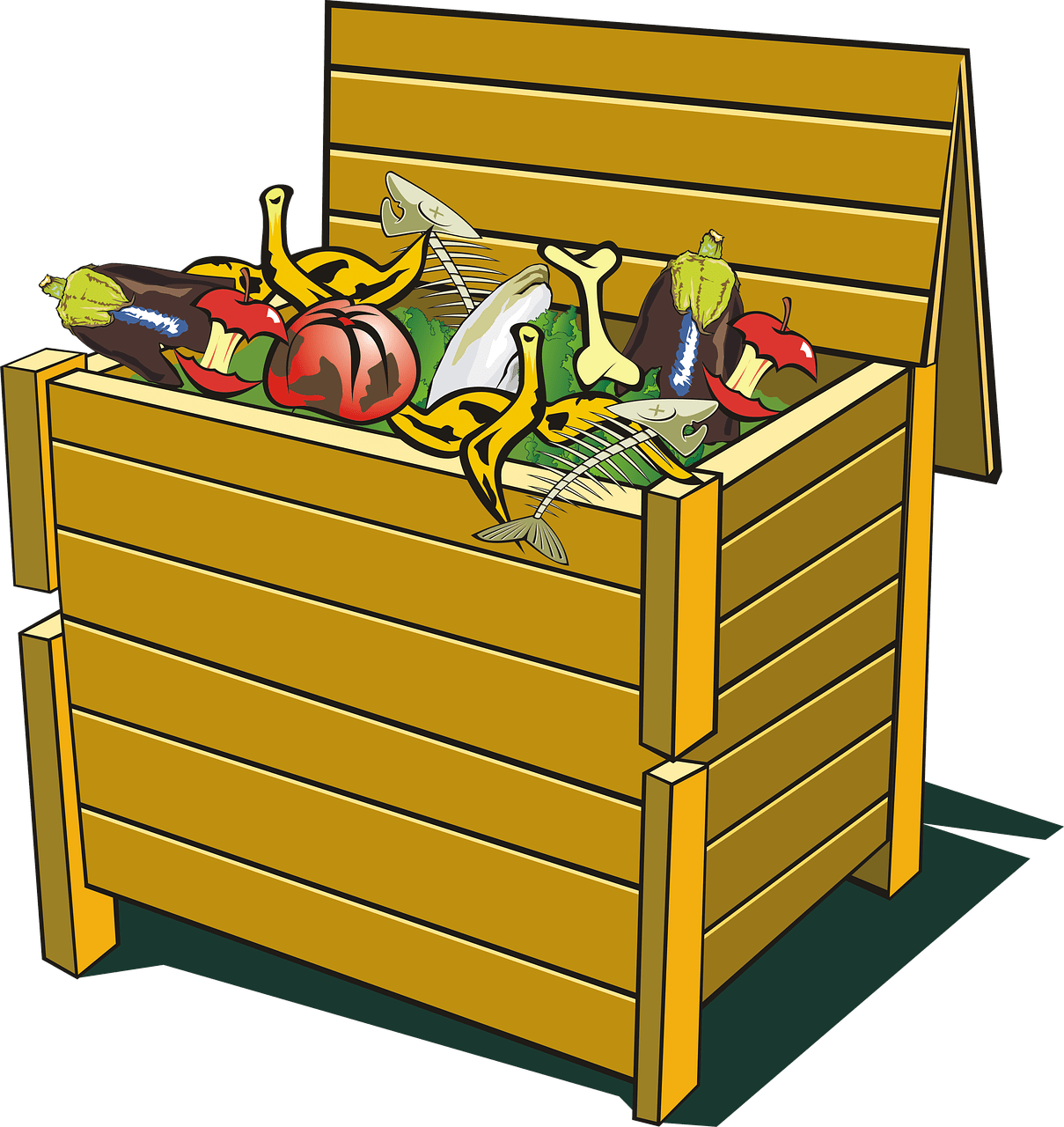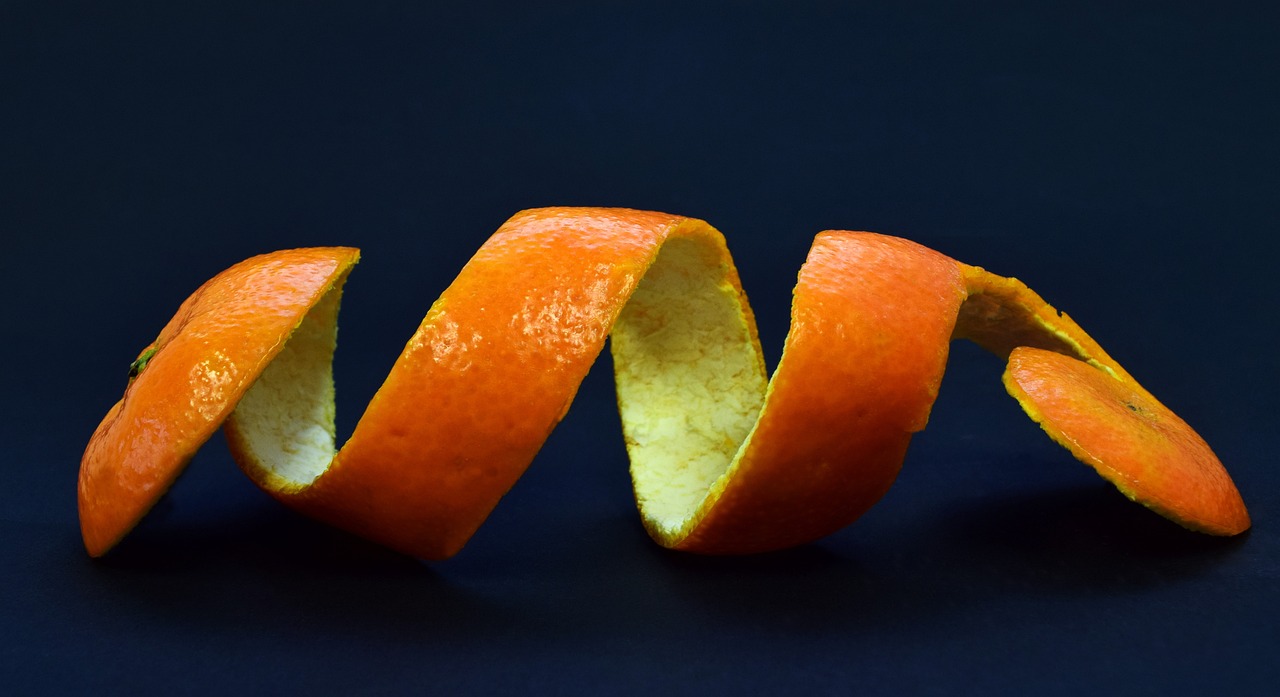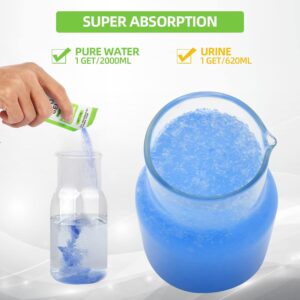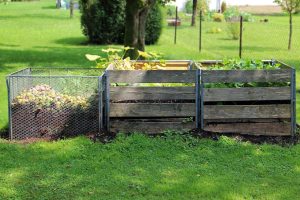Hey there, fellow composters! Let’s talk about a common concern many of us face: flies in our compost. In our latest article, “Why Are There Flies In My Compost?” we dive into the reasons these pesky insects show up and how they can actually signal the health of our compost piles. We also share tips on balancing green and brown materials, turning the pile for proper aeration, and maintaining the right moisture levels to keep our compost thriving without inviting too many unwelcome guests. Ready to turn our composting challenges into eco-friendly wins? Let’s get started! Why are there flies in our compost? This is a common question that many of us stumble upon. When we decide to start composting, we envision a clean process where our kitchen scraps and garden waste turn into rich, dark compost. Instead, we might sometimes find ourselves battling unwanted guests in the form of flies. It’s a shared challenge, but understanding why it happens and learning how to manage it can turn our composting journey into a pleasant one.

Understanding Flies in the Compost
The Role of Flies in Composting
Let’s start by acknowledging that flies aren’t necessarily bad for our compost. Different fly species serve various roles in the composting process. They help break down organic matter, similar to how worms decompose organic material into nutrient-rich compost. However, an overabundance can be troublesome, indicating an imbalance in the system.
Types of Flies We Might Encounter
Knowing the types of flies that typically inhabit our compost can be helpful in addressing the issue. Here are some common ones:
| Fly Type | Characteristics | Role in Composting |
|---|---|---|
| Fruit Flies | Small, numerous, attracted to fruit and vegetable scraps | Speed up decomposition by consuming soft, rotting materials |
| House Flies | Larger, generally found around decaying organic matter | Aid in breaking down organic matter but can indicate imbalance |
| Fungus Gnats | Tiny, often found around moist environments | Help in decomposing organic material, indicative of high moisture |
| Soldier Flies | Large larvae, less frequent than others | Extremely efficient decomposers, particularly of dense materials |
Understanding these fly types helps us recognize that while flies play a role in our composting, their presence in large numbers signals conditions we need to address.
Causes of Fly Infestations
Excess Moisture
One leading cause of too many flies in our compost is excess moisture. A soggy bin is an inviting environment for flies, particularly fungus gnats. Compost should be damp, akin to a wrung-out sponge. Overly wet compost can lead to anaerobic conditions, unfavorable for beneficial microorganisms but perfect for flies.
Inappropriate Food Waste
Adding the wrong types of food waste can attract flies. Fruit flies, as their name suggests, are attracted to fruit scraps. Adding too much fruit or not covering it well in the compost can result in fly infestations. Meat, dairy, and oily foods can also attract unwanted pests.
Lack of Aeration
Without proper aeration, compost bins can become hotspots for flies. Compost needs oxygen to maintain aerobic decomposition, which prevents the foul smells and unfavorable conditions that attract flies. Turning the compost regularly helps maintain this balance.
Incorrect Carbon to Nitrogen Ratio
Maintaining the correct carbon to nitrogen ratio, typically around 30:1, is crucial. Too much nitrogen-rich material like kitchen scraps can create an imbalance, favoring flies. Ideally, we should balance green, nitrogen-rich material with brown, carbon-rich material like dried leaves or shredded paper.
Preventative Measures
Managing Moisture Levels
Ensuring the right moisture level is crucial. We can manage moisture by:
- Adding dry, brown materials if the compost is too wet.
- Turning the compost more often to promote aeration and dry out overly moist areas.
- Using a cover or lid to protect from rain but ensuring it’s breathable to avoid trapping excess moisture.
Choosing the Right Location
Placing our compost bin in an appropriate location helps maintain the right environment. It should be:
- In a well-drained area to prevent waterlogging.
- Accessible for frequent turning and monitoring.
Balanced Feeding
Feeding our compost the right materials can prevent fly issues. Here’s a quick reference guide:
| Type of Material | Examples | Notes |
|---|---|---|
| Greens (Nitrogen-rich) | Fruit scraps, vegetable peels, coffee grounds | Add sparingly and mix well |
| Browns (Carbon-rich) | Dried leaves, cardboard, newspaper | Essential for balance and odor control |
| Avoid | Meat, dairy, oily foods | Attract pests, potential bad odors |
Chopping up materials before adding them also helps speed up the composting process, reducing the likelihood of fly infestations.
Dealing with an Infested Compost Bin
Immediate Actions
If we discover a fly infestation, immediate steps can help mitigate the problem:
- Turn and Mix: Regularly turning the compost disrupts the flies’ habitat.
- Cover Food Waste: Bury fresh scraps under existing compost materials to reduce attractants.
- Add Brown Materials: Absorb excess moisture and balance nitrogen levels.
- Fly Traps: Simple traps can reduce adult fly populations. For example, vinegar traps for fruit flies (a jar with apple cider vinegar and a few drops of dish soap).
Long-term Solutions
To sustainably manage our compost:
- Introduce Beneficial Insects: Predatory insects like certain beetles can help control fly populations.
- Compost Temperature: Ensuring our compost reaches higher temperatures can deter some fly species and speed up decomposition. A compost thermometer can help monitor this.
- Starter Cultures: Adding compost starter cultures can boost microbial activity, outcompeting flies for resources.

Compost Bin Designs that Minimize Flies
Enclosed Bins and Tumblers
Enclosed bins and compost tumblers often work better in controlling flies because they:
- Restrict access for flying insects.
- Retain heat better, promoting higher temperatures.
- Are easier to turn, enhancing aeration and decomposition speed.
Vermicomposting
If flies persist, vermicomposting might be a viable alternative. Using worms to decompose organic material is an effective method that typically attracts fewer flies. Worm bins are designed to be more contained and can often be maintained indoors.
Common Misconceptions
Not All Flies Are Harmful
It’s a misconception that all flies are detrimental to composting. As we’ve discussed, some species play a beneficial role. The key is maintaining a balance.
Composting Attracts Flies Uncontrollably
Another myth is that composting will inevitably lead to uncontrollable fly problems. With proper management of our compost bin, we can prevent and control fly populations effectively.

Case Study: Effective Fly Control
We’ve compiled some tips from seasoned composters who have successfully managed flies:
- Composter A: Uses a compost tumbler and adds more brown materials during the fruit-heavy summer months.
- Composter B: Covers all new kitchen scraps with a thick layer of dried leaves to mask smells and reduce fly attraction.
- Composter C: Incorporates a ventilation system in their compost bin, ensuring optimal aeration without excess moisture.
Our Personal Experience
From our own composting journey, we’ve learned that consistency is vital. Regularly monitoring moisture, balance, and aeration has kept our compost bin healthy and fly populations in check.
Conclusion
While finding flies in our compost may be frustrating, it’s part of learning how nature decomposes organic material. By understanding the causes and strategies for managing flies, we can turn our compost bins into a fly-resistant, efficient system. Keep experimenting, stay patient, and soon, our composting efforts will yield rich, fly-free compost that benefits our gardens and the environment.



